The art of leather processing is a field that requires craftsmanship and manual skills. For those who aim to pursue a professional career in this field or want to produce leather products as a hobby, receiving leather training is an important step in learning the basic information and techniques. Leather-related training provides information in many different areas such as material selection, sewing techniques, mold making, dyeing and maintenance. In this guide, we will cover topics that you can progress step by step about leather training.
1. Purpose and Importance of Leather Education
Leather training aims to learn both traditional and modern leather processing techniques. This training provides the necessary knowledge and skills at every stage of the process from design to production of leather products.
- Craftsmanship and Manual Skill Development : Leatherworking is a craft that requires fine workmanship by hand. Developing manual skills during the training process is one of the most important steps in mastering leather craftsmanship.
- Developing Creativity : Leather training develops creativity in designing, making patterns and creating unique leather products.
- Professional Career : It offers many career options such as leather workshops, companies that produce leather in the fashion industry or establishing your own leather brand.
2. Types of Skin Education
There are many types of training in the field of leather processing. There are different levels of training from beginner to expert level. Here are the basic types of leather training:
a) Beginner Level Leather Training
These are trainings prepared for those who want to learn the basics about leather processing at the beginner level. Basic tools, leather types and simple leather processing techniques are taught at this level.
- Topics : Types and properties of leather, basic leather working tools (knives, cutters, sewing needles), leather sewing (hand sewing techniques), simple product making (such as key chains, bracelets).
- Gains : At this level, the student learns basic leather processing techniques and becomes able to make simple products.
b) Intermediate Leather Training
Intermediate level training focuses on more advanced techniques for those who have developed their basic knowledge. At this level, the focus is on leather painting, detailed sewing techniques and pattern making.
- Topics : Pattern making, leather dyeing techniques, use of leather sewing machines, detailed product making (wallet, small bag).
- Gains : At the intermediate level, students can make more complex products and gain more competence in leather working processes.
c) Expert Level Leather Training
The specialist level training provides comprehensive training for those who want to become professionals in leather working. At this level, the emphasis is on creating original designs, producing large-scale products and gaining detailed knowledge of leather quality.
- Topics covered : Professional design processes, leather quality and processing methods, large-scale product making (big bags, jackets, furniture coverings), leather processing machines and industrial methods.
- Gains : The student at the expert level can design and produce his/her own leather products and has the ability to create leather products at a professional level.
3. Leather Processing Techniques and Main Topics Learned in Training
Leather training is a multifaceted process in which various techniques are learned. The main techniques that stand out in the training are:
a) Leather Cutting Techniques
Leather cutting is the foundation of every leather product. Using the right tools and cutting techniques determines the quality of the final product.
- Tools : Cutting knives, circle cutters, leather cutting mats.
- Techniques : Straight cutting, curved cutting, die cutting techniques.
b) Leather Sewing
Leather sewing is done by hand or machine sewing. It is very important to learn the correct sewing techniques in this process.
- Hand Sewing Techniques : Saddle stitch (double needle stitch), whip stitch (cross stitch).
- Machine Sewing : Special machines are used for leather sewing and speed up the leather processing process.
c) Leather Pattern Removal
Mold making is the process of preparing molds suitable for the design of the leather product and transferring them to the cutting stage. Molds are determined according to the dimensions and functions of the product.
d) Leather Dyeing and Processing
Leather can be used in its natural color or can be dyed. The dyeing process begins with choosing dyes that are suitable for the structure of the leather, followed by processes such as polishing or patina.
- Painting Techniques : Brush painting, spray painting, patina application.
- Polishing and Patina : Polishing processes are performed to add shine and depth to leather products.
e) Leather Accessories and Assembly
Mounting accessories such as buckles, zippers and buttons ensures that leather products are completed aesthetically and functionally.
4. Materials Used in Leather Education
The materials used in leather processing training are very important to produce quality products. Here are the most commonly used materials:
- Leather Types : Different animal skins such as cattle, sheep, goat and lamb are used.
- Sewing Supplies : Leather needles, waxed threads, sewing machines.
- Cutting Tools : Leather cutting knives, utility knife, circle cutters.
- Dyeing and Polishing Products : Leather dyes, polishing products, patina application brushes.
- Mounting Materials : Zippers, buttons, rivets and buckles.
5. Schools and Workshops That Stand Out in Leather Education
There are many schools and workshops in Turkey and around the world that provide leather processing training. These institutions, which offer various options for those who want to receive training either as a hobby or professionally, can guide those who want to advance in leather art.
Institutions Providing Leather Education in Turkey:
- Fine Arts and Crafts Departments of Universities : Many universities in Turkey offer courses on craftsmanship and leather processing.
- Workshops and Courses : It is possible to find various workshops and courses on leather processing in cities such as Istanbul, Izmir and Ankara.
International Leather Education Programs:
- Fashion Institute of Technology (FIT) : Based in New York, FIT is one of the world's most respected schools for fashion and leatherworking.
- Central Saint Martins : This London-based school offers specializations in design and leatherworking.
6. Frequently Asked Questions (FAQ)
1. How long does leather processing training take?
The length of training varies depending on the type and level of training. Beginner courses usually last a few weeks, while specialist training can take years.
2. Is leather processing difficult?
Leatherworking may seem challenging at first, but with the right training and practice, the process becomes easier.
3. What materials are needed for leather training?
Basic materials include leather cutting knives, sewing needles, waxed threads, leather dyes and mold removal tools.


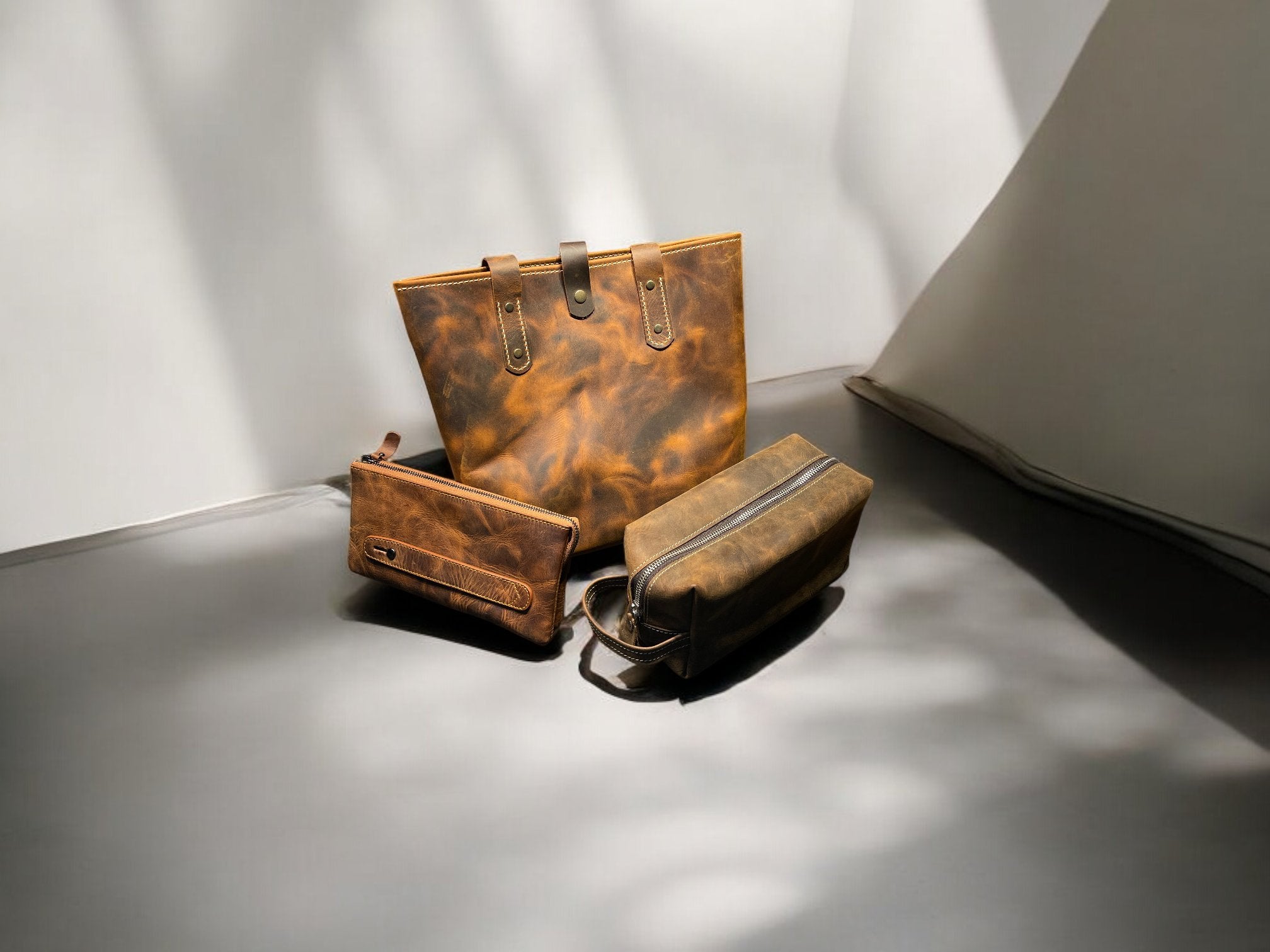



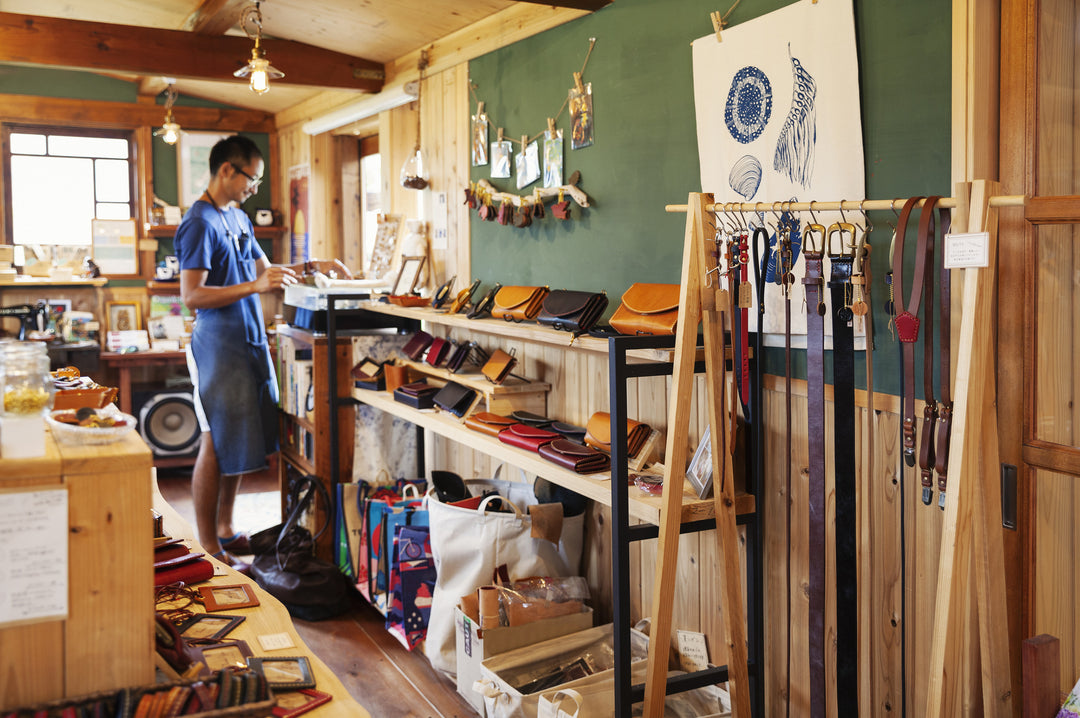
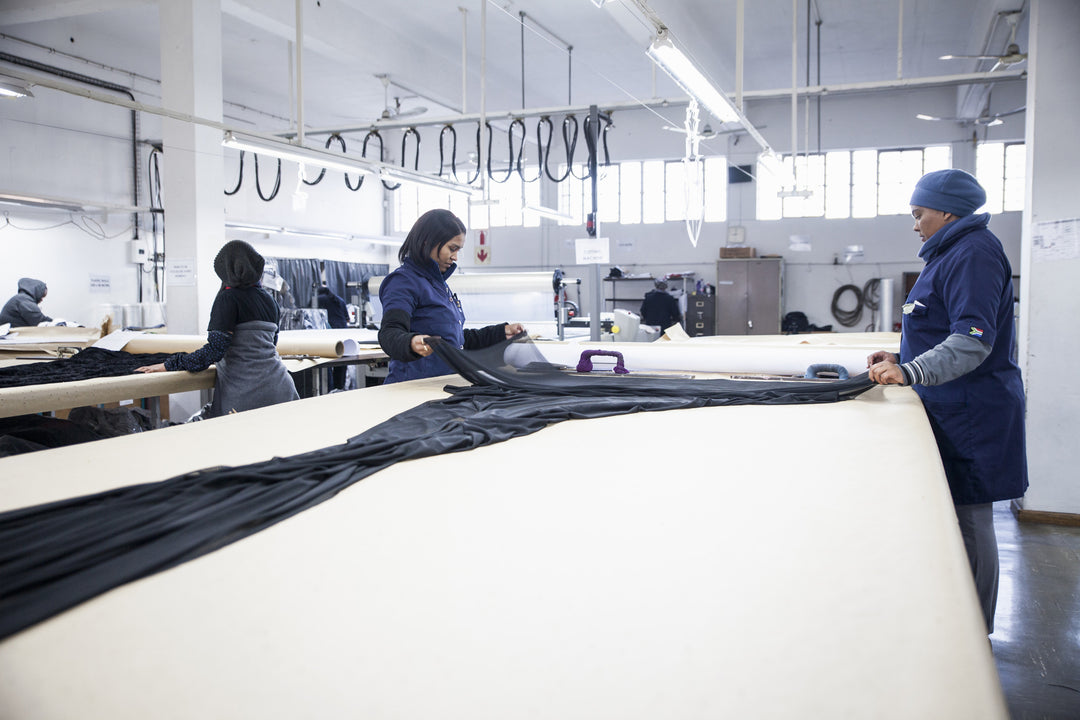
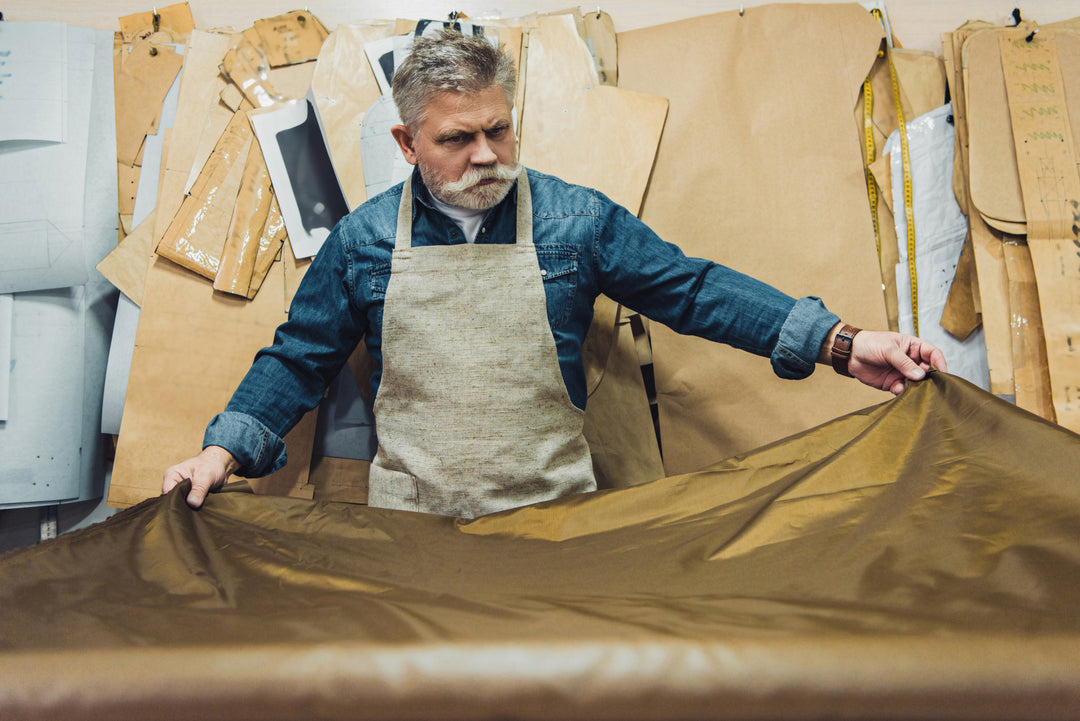

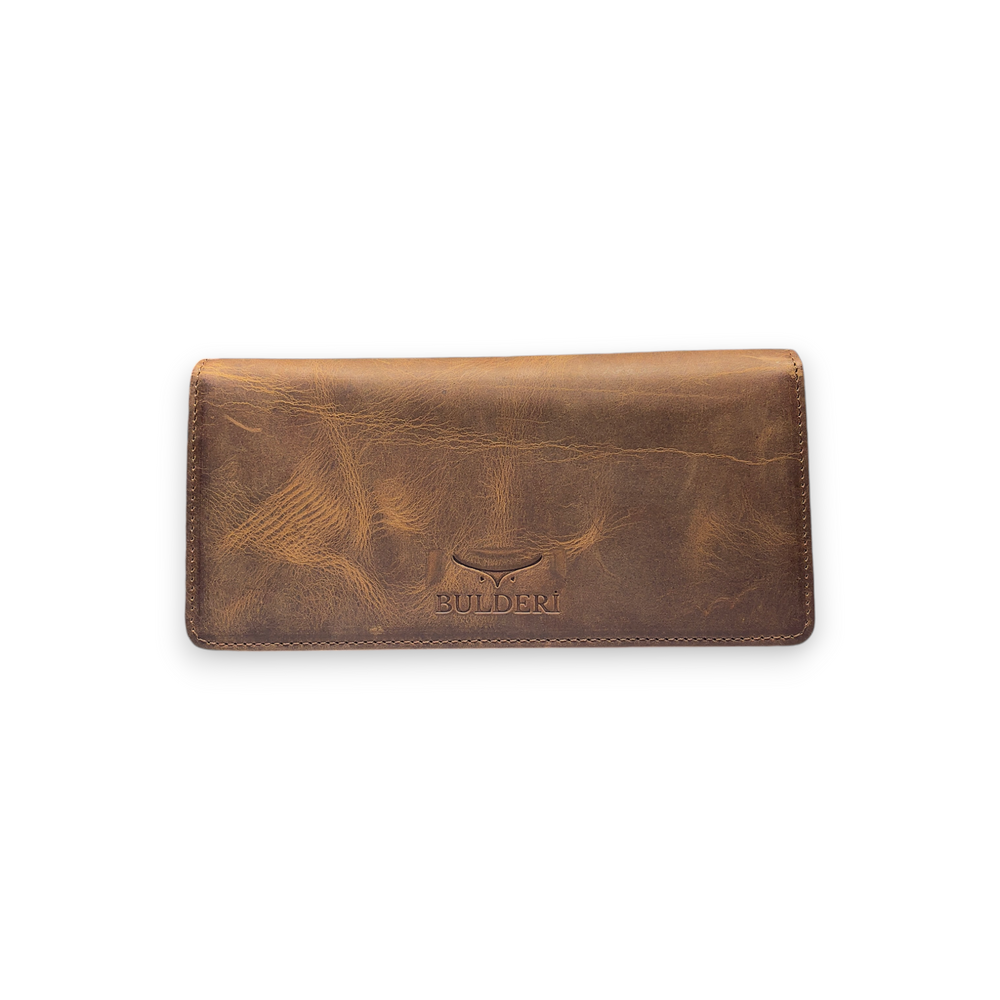

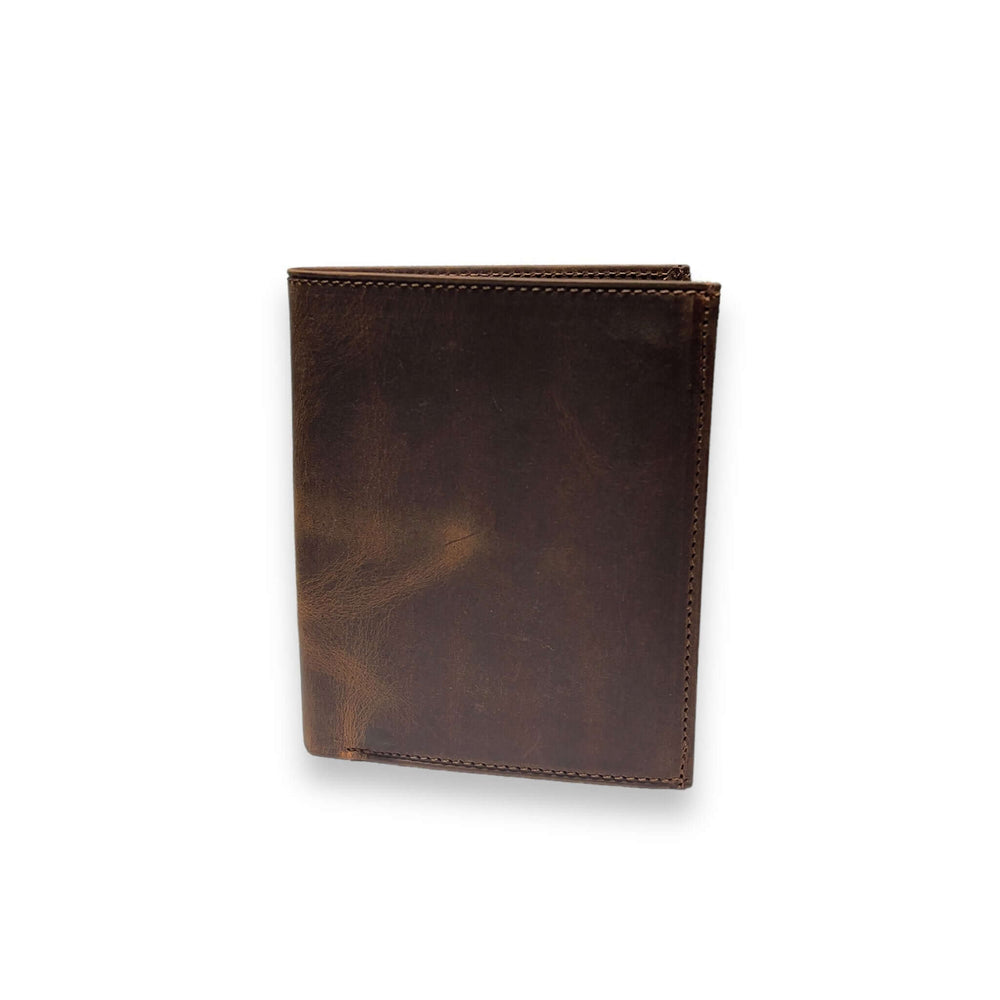



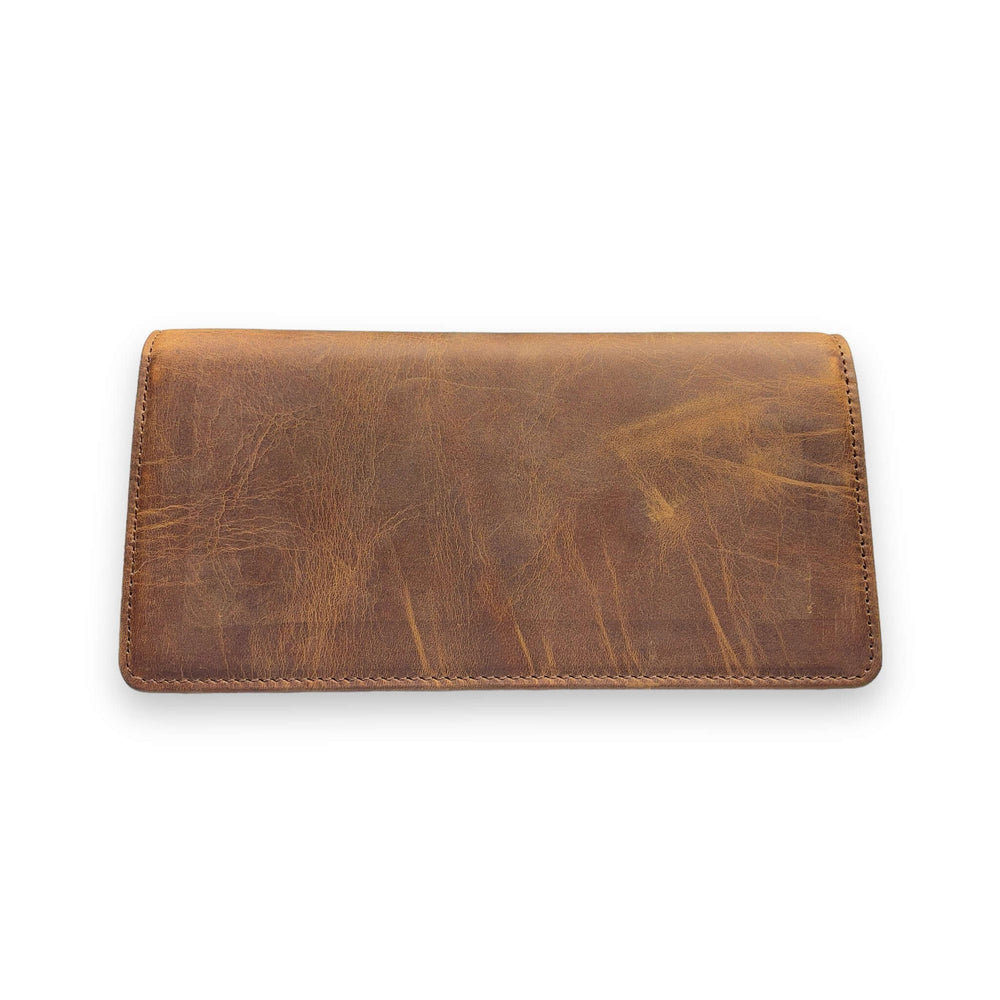
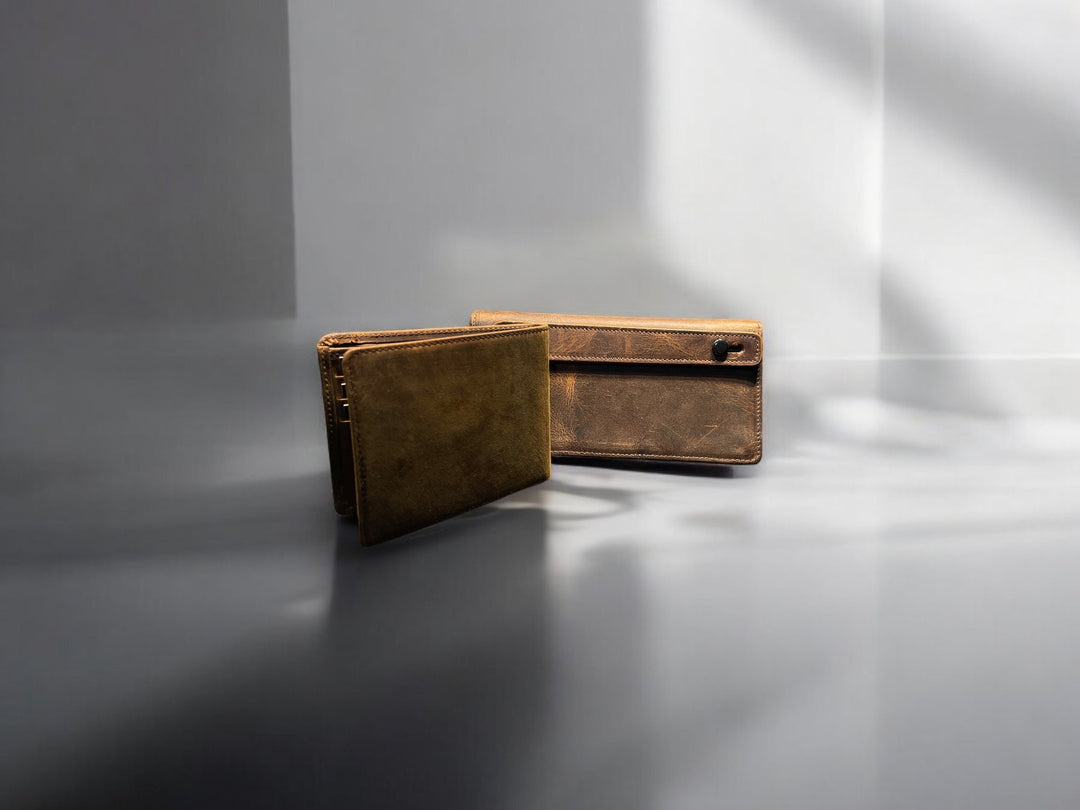

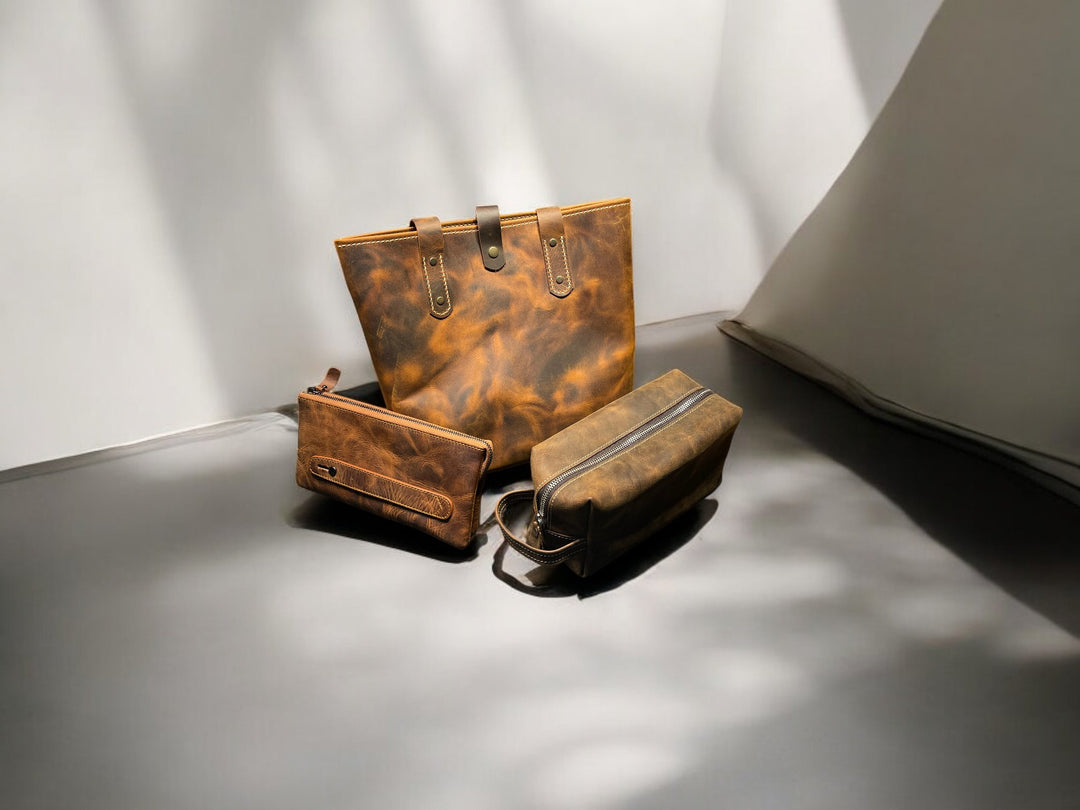
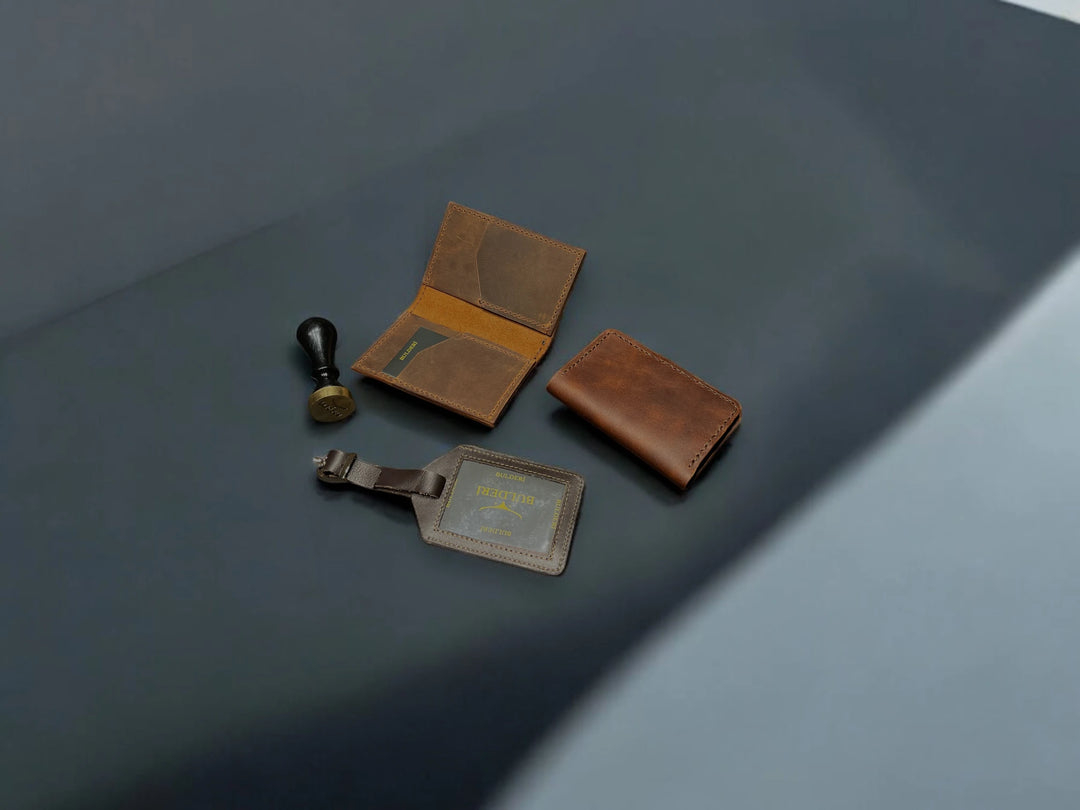
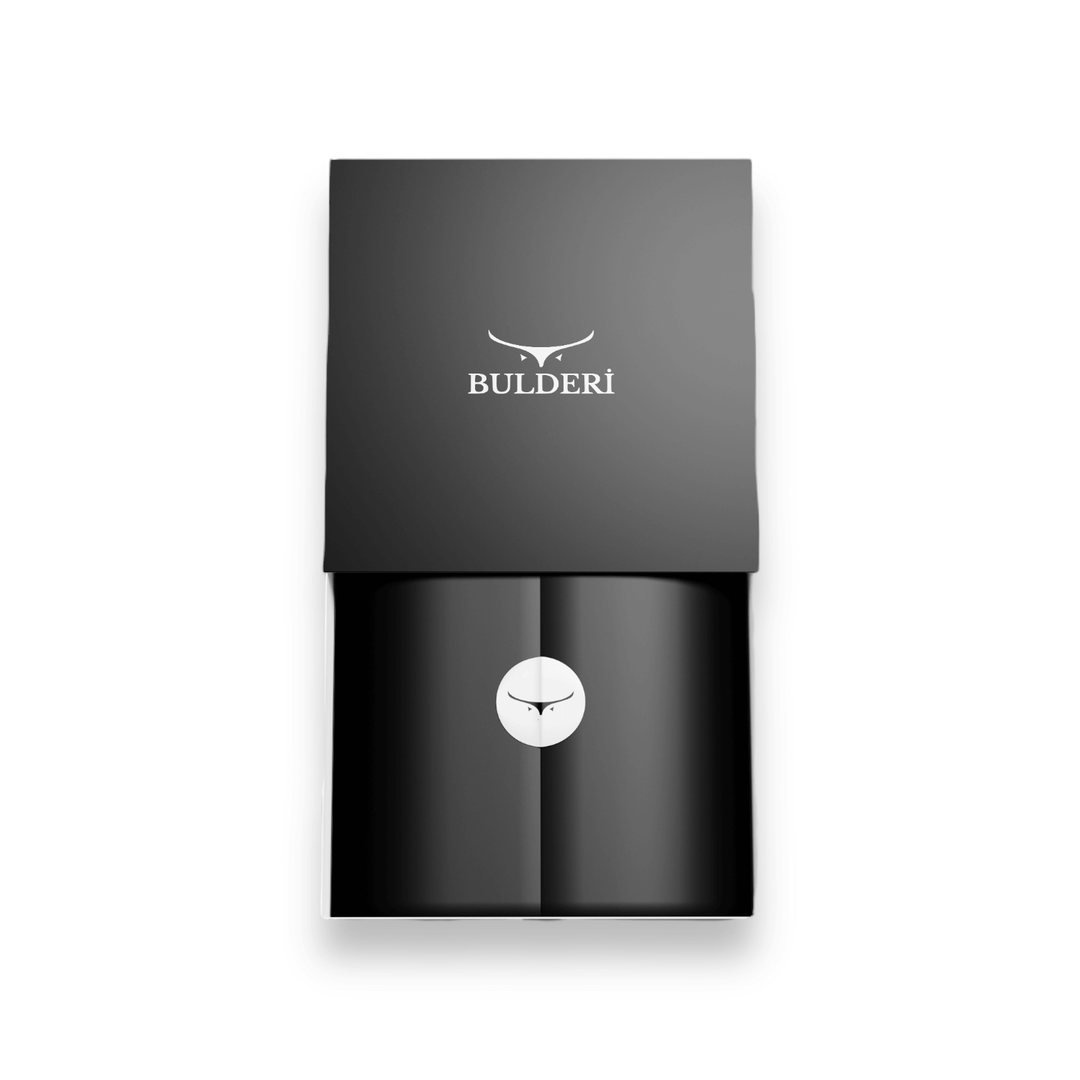

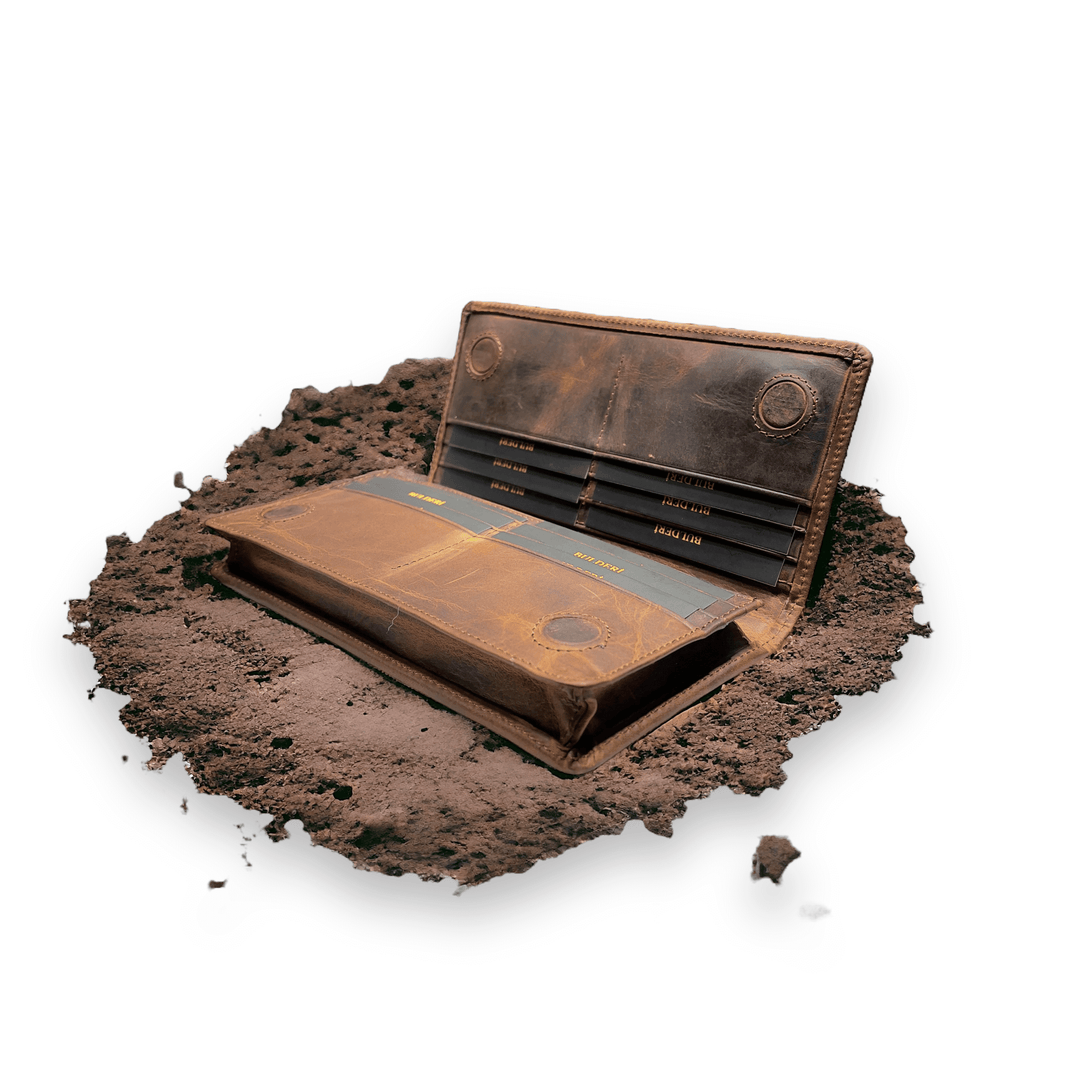
Leave a comment